
Spanish Speaking Countries Map: A Visual Guide to Spanish Across the Globe
DATE:
The Spanish language is one of the world’s most widely spoken languages and it has an enormous geographic domain. Literally, half of the people in the geographic world speak Spanish.
So, naturally, people in these Spanish-speaking countries tend to present a lot of linguistic variation. Think of all the different accents we have in English. Even within the same country, there is a lot of variety in both the accent and vocabulary.
Naturally, Spanish is the same. In countries where Spanish is the official language, you can find a lot of variety in their dialect. For example, if you’ve only ever had a Spanish teacher from Mexico, it might be difficult for you to understand people if you go to Argentina.
That’s why today, we’re going to go over the world of diversity in Spanish-speaking countries. With this article, you’ll practically be on your way to becoming a linguist. Or at a minimum, you won’t be able to say you haven’t been warned!
Now let’s check out how the language changes in different Spanish-speaking countries.
Spanish-speaking countries
Spanish is spoken by over 500 million native speakers worldwide. So just so we can quickly review all the countries where it’s spoken, we can check out this list of Spanish-speaking countries.
But of course, don’t forget to check out our Spanish-speaking countries map if you’d like more details about the countries, rather than their accents.
Here is a list of countries where it is either an official language or spoken by a significant population. It is listed by the number of speakers.
- Mexico
- United States of America
- Colombia
- Spain
- Argentina
- Peru
- Venezuela
- Chile
- Guatemala
- Ecuador
- Bolivia
- Cuba
- Dominican Republic
- Honduras
- Paraguay
- El Salvador
- Nicaragua
- Costa Rica
- Panama
- Uruguay
- Equatorial Guinea
- Puerto Rico
- Belize
- Andorra
- Gibraltar
Variation in the Spanish Speaking World: Latin America
Now let’s get to the fun stuff! We’re going to describe the unique dialect differences in each of the Spanish-speaking countries.
Starting with Latin American Spanish, the next sections are considered generalized groupings of the language. It is certainly not an exhaustive list of all the Spanish language accents, but it’s a great start to give you a general idea.
New Mexican
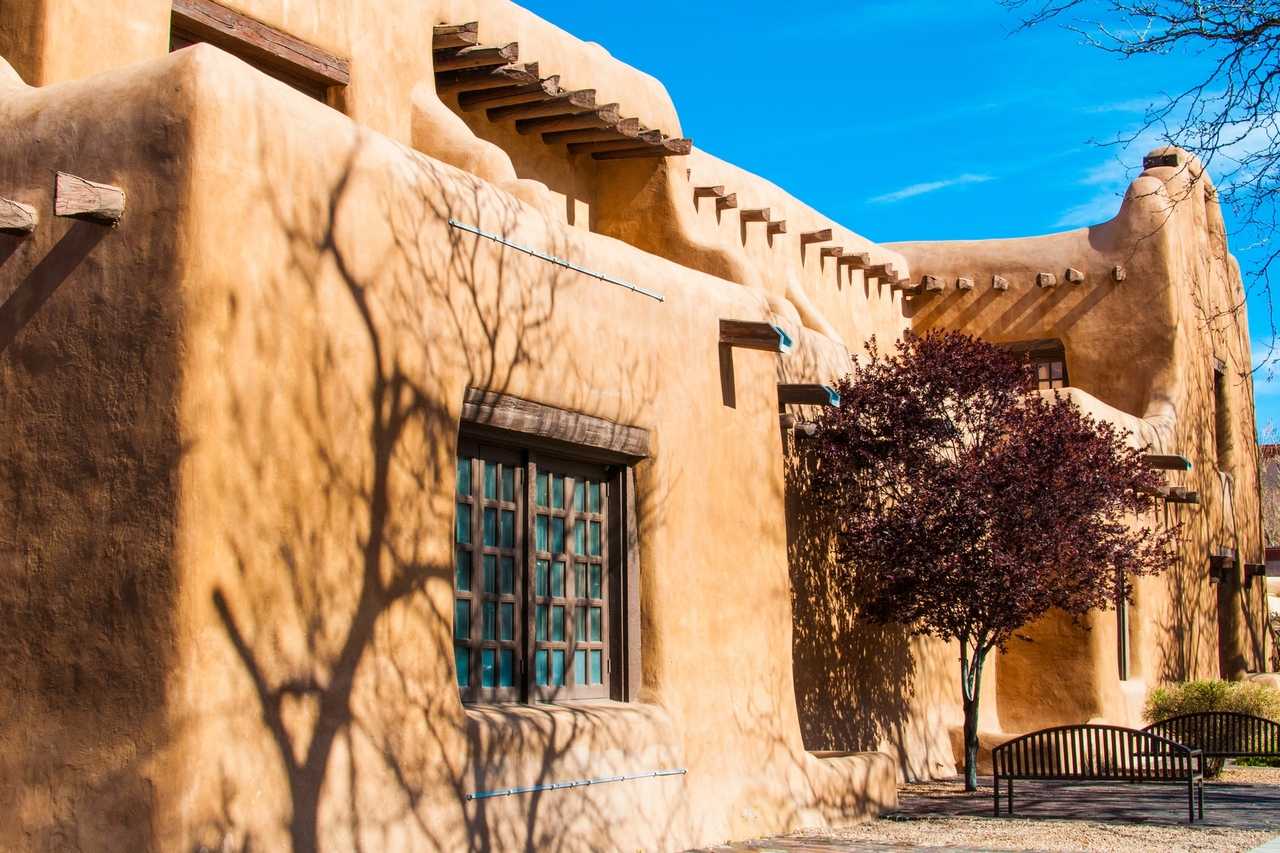
New Mexican Spanish refers to Spanish speakers from the United States, primarily New Mexico and Colorado. Most of the people that speak in this accent are direct descendants of the colonizers from Southern Spain.
The most noteworthy difference in the New Mexican Spanish dialect is the use of a unique vocabulary. Spanish speakers from this area often use many English loan words. For example, they would say telefón instead of the more widely used teléfono.
They also use many vocabulary words borrowed from Nahuatl and Navajo.
Another interesting change here is that older people that speak Spanish tend to make irregular verbs regular. For example, the nosotros form of haber is often “hamos” instead of “hemos”.
Mexican
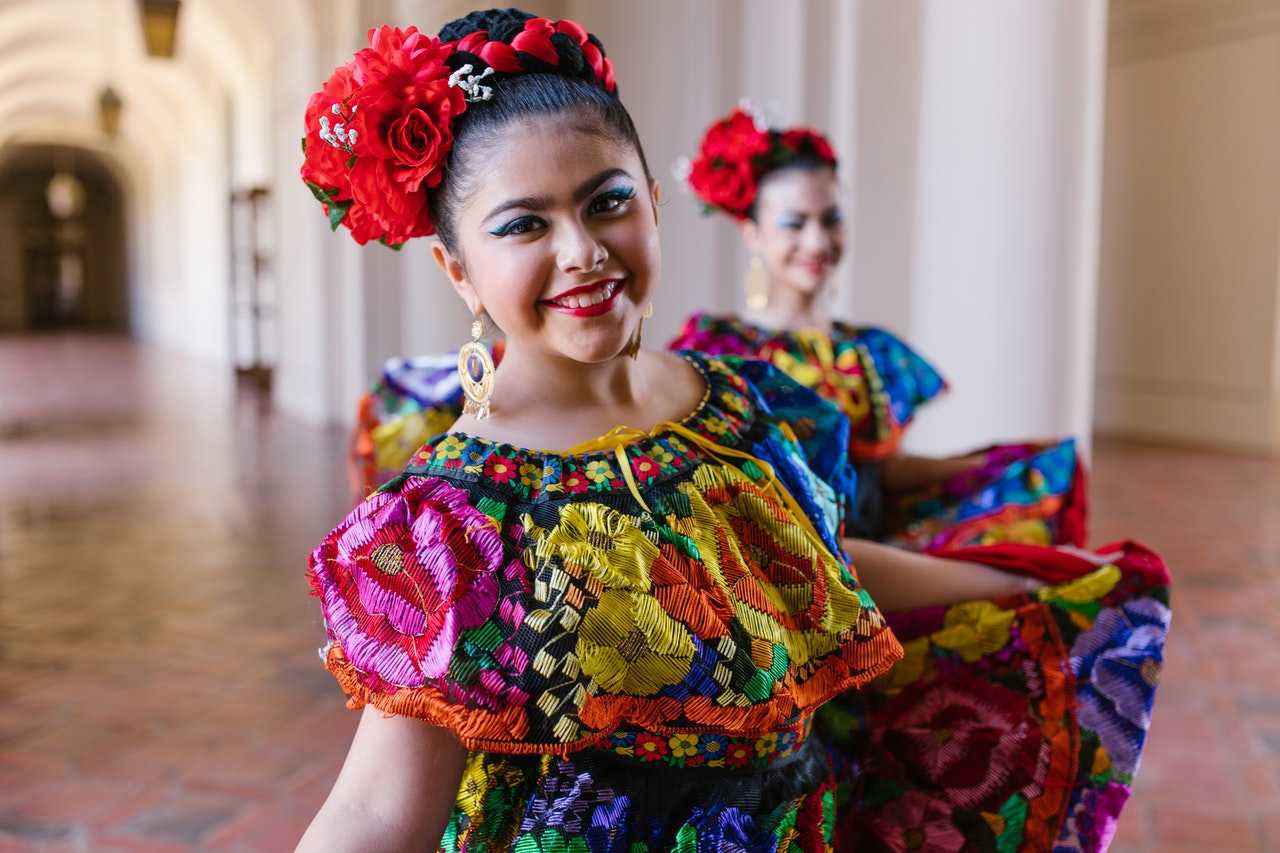
Mexico is another one of those Spanish-speaking countries with a huge range of different accents, so keep in mind that we’re going to be a little generic here.
In general Mexican Spanish is well known for:
- Unique vocabulary
- Influence from Nahuatl
- Pronunciation of “TL” as one syllable
- Consistent seseo.
To give you a clearer idea, in most of Mexico, Spanish speakers would say Atleta as A-tle-ta, but in most Spanish-speaking countries, they say At-le-ta.
Seseo, in case you didn’t know, means that they always make an S sound for S, Z, and words with CE and CI.
For example, in Mexico, Casa and Caza are pronounced the same. But what is unique about Mexico, is that the S is always pronounced very smoothly, but in many Spanish-speaking countries’ slang, the S is sometimes elided.
Central American
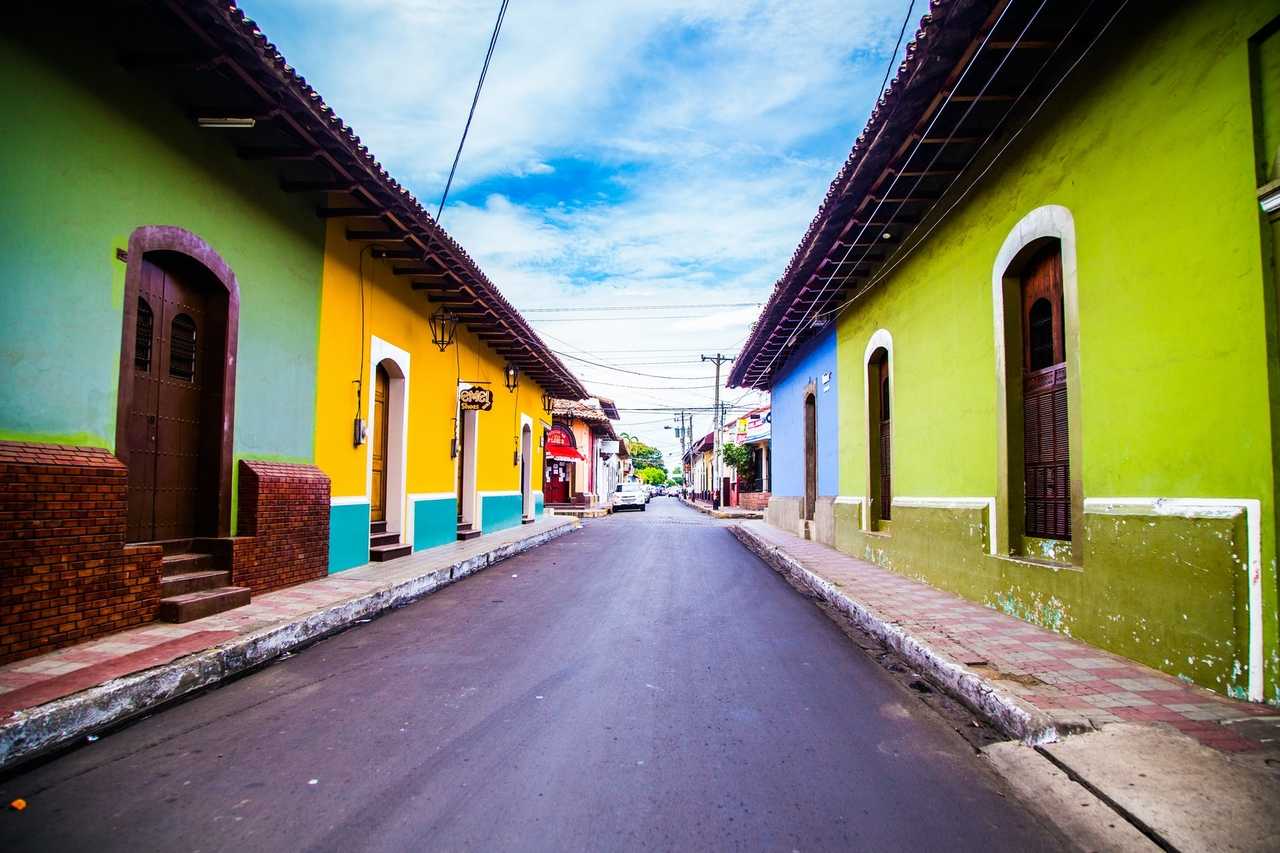
The Central American Spanish variety includes many Spanish countries, including Guatemala, El Salvador, Honduras, Nicaragua, Costa Rica, and Panama.
In general, they are well known for pronouncing the letter S as an H sound at the end of a syllable. For example, “estás” is pronounced as eh-táh. This is common in many dialects.
Here, they also use something called Voseo. This means that they use the most common second person singular is vos, rather than tú. It’s also a bit different from the Argentinian voseo.
We won’t get into too much detail today, but this is one of the most important changes from “standard” Spanish, the official language in many countries.
Caribbean

Caribbean Spanish includes any Spanish-speaking countries that share a coastal region with the Caribbean. This means that areas from Mexico and Central America also have Spanish speakers who use this dialect.
In general, Caribbean Spanish is most well-known for its unique pronunciation. Again, they turn final S sounds into an H. They also get rid of a lot of D sounds if they are between vowels. And finally, R’s at the end of syllables can change a lot, depending on the region. They’ll pronounce words like:
- Estás – eh-tah
- Porque – polque
- Nada – ná
There are a lot of varieties of Caribbean Spanish, but you’ll likely be able to hear a lot of it. If you look at Spanish-speaking Countries maps, you’ll find that this accent is one of the most commonly spoken in pop culture and music.
Andean-Pacific

Andean-Pacific accent is for Spanish speakers from regions in the Andean mountain countries, where there are a lot of huge differences between people from the city and people in rural areas.
One interesting trait of these Spanish-speaking countries is that the S is never aspirated into an H sound, like in Caribbean Spanish. In some of these zones, the LL and Y sounds are actually pronounced differently, something that has disappeared from most Spanish-speaking countries.
Finally, this dialect gets a lot of influence from Quechua and Aymara languages, adding even more richness to the Spanish from South America.
Rioplatense
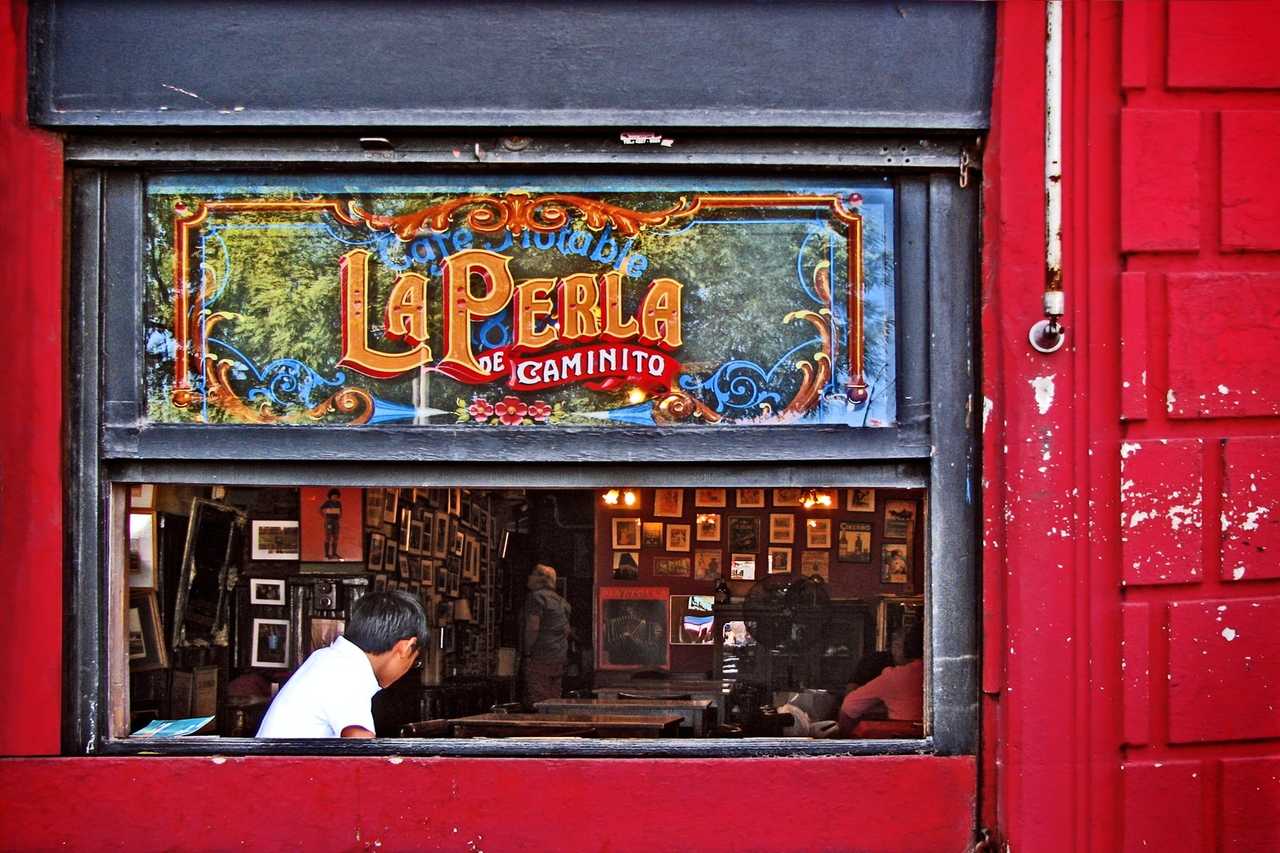
Rioplatense Spanish speakers’ most recognizable trait is the pronunciation of LL or Y as either the SH in shoe or as the S in measure.
So for example, depending on the country, they could pronounce “yo me llamo” as “sho me shamo” or “zho me zhamo”.
Interestingly, due to the amount of immigration into Argentina and Uruguay, recent research has shown that these Spanish-speaking countries have an intonation pattern more similar to Italian. For these two reasons, Rioplatense Spanish is one of the most interesting dialects you’ll find!
Chilean
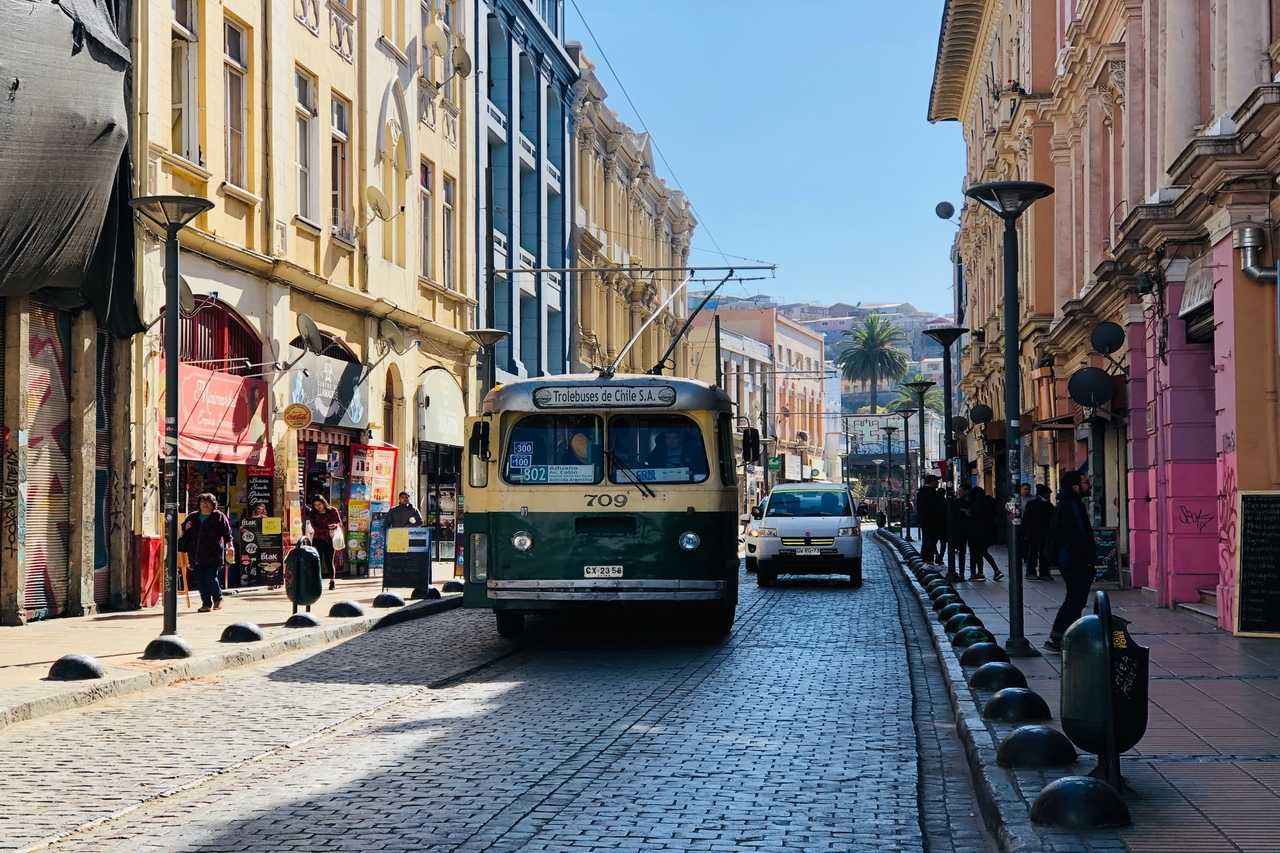
Finally, Chilean Spanish is unique for their rich vocabulary. The RAE recognizes more than 2000 words exclusively used in Chile.
Their accent changes throughout many places in the country and there is some heavy social stigma based on their accent, as well. In fact, we could have a whole article just for Chilean Spanish.
But to keep this beginner-friendly, just remember that they have some really interesting vocabulary!
Varieties in Present Day Spain
Heading over to the European side, even though it’s much smaller geographically, Spain itself has a lot of variety in Spanish accents due to historical separation and contact with the other co-official languages.

Northern Peninsular
Northern Peninsular Spanish is the version you’re most likely familiar with. They’re well known for distinguishing between S and Z sounds, where the latter makes a TH sound like in “thing”.
Another defining trait is the use of the vosotros form. This is something that’s almost exclusively used in Spain.
Finally, central and northern Spain is often influenced regionally. For example, Galician Spanish is quite different from Catalonian Spanish, due to the influence from the respective co-official languages there.
Southern Peninsular
Andalusian Spanish is, in many ways, quite similar to Caribbean Spanish. They frequently have aspirated S sounds and get rid of some D sounds.
Canary Islands
Canary Island Spanish is also quite similar to Andalusian and Caribbean Spanish. But here, unlike in Andalusia, the ustedesform is often preferred to vosotros. So even though they form part of Spain, in many ways the Spanish speakers here have an accent more similar to those in Latin America.
Varieties of Spanish: Other Spanish-Speaking Countries
Finally, it’s important to note that Spanish is spoken, or influences, many other countries, as well.
For example, Equatorial Guinea is one of the Spanish-speaking countries where it isn’t actually an official language, due to Spain’s colonization. The Philippines also has heavy influence by the Spanish for the same reason.
And in Israel, you can find Spanish-speaking Sephardic Jews who still speak an archaic version of the language similar to medieval Spanish.

Ready to Go Traveling?
Now that you’re an expert (kinda) on different accents in Spanish, it’s time to go traveling! Or if not, you can still practice your travel Spanish with native speakers from different areas.
So go ahead and sign up for a free private class or a 7-day free trial of our group classes so you can practice what you learned.











